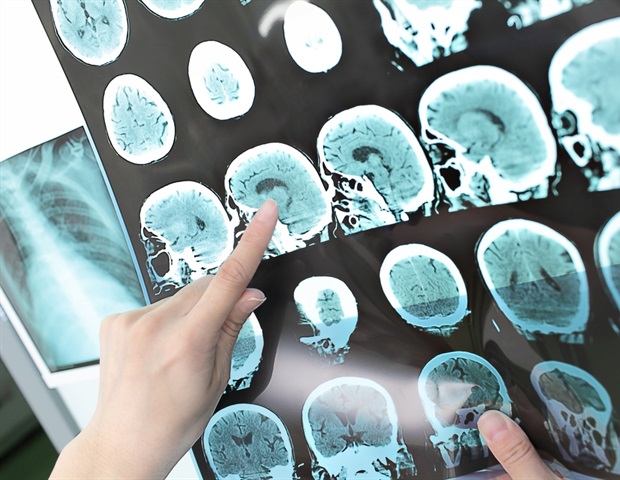Although there has been a slight downward trend in the prescription of benzodiazepines (depressants that relieve anxiety, muscle spasms, produce sedation and reduce seizures) among older adults over the last decade, the rate of first-time prescriptions for these medications after an ischemic (clot-caused) stroke is still sizable, according to research published today in Stroke , the peer-reviewed scientific journal of the American Stroke Association, a division of the American Heart Association. After a stroke, benzodiazepines may be used to calm anxiety and improve sleep. However, when prescribed to older adults, these medications may increase the risk of falls and broken bones, as well as memory problems, confusion and other harmful effects.
The U.S. Drug Enforcement Agency lists benzodiazepines as a schedule IV-controlled substance and have the potential for abuse, addiction, withdrawal and illegal distribution.
Researchers reviewed data from Medicare claims in the U.S. and analyzed 10 years of first-time prescriptions for benzodiazepines among more than 120,000 people, ages 65 and older, who were hospitalized for ischemic stroke.
The rate of benzodiazepine prescriptions during the first three months after stroke were examined, and data were adjusted for race, sex and ethnicity. Then year-to-year prescription patterns were reviewed to identify the number of potentially excessive new benzodiazepine prescriptions given to stroke survivors. We reviewed stroke survivors at 90 .


















